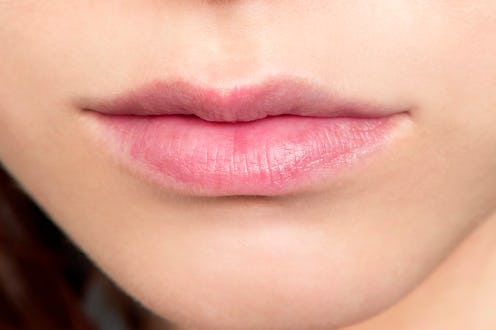(Beauty)
I Hate Bold Lipstick — So Here's What I Use Instead

At any given time, I have approximately six lipsticks in my purse. That fact would probably come as a surprise to anyone who knows me, because it's not like I'm walking around rocking bold red lips on a daily basis. It's just that I'm slightly addicted to having the *perfect* barely there color on at all times. In fact, it's become sort of an obsession of mine — which has led me on a quest to find the best subtle lip colors that provide just enough color to leave people guessing about whether or not there's anything on my lips at all.
And it's probably not a surprise that that search led me to a cult favorite. I tried Glossier's Generation G lipstick when it first launched, and it was essentially love at first swipe. The "Like" shade is my go-to on days when I'm not wearing much makeup to give my face a hint of color that's basically undetectable, but I also love to wear the other colors when I'm looking for something more bold. The fact that the brand introduced a new version in 2018 that's bigger, doesn't break, and provides more color only solidified its status as my holy-grail product.
But my obsession with barely-there lip colors goes further back than that. In fact, it started in my high school days thanks to my introduction to another cult favorite — Clinique's Almost Lipstick in "Black Honey." And no, I'm not the only one to wax poetic about this product — it has more than 2,200 5-star ratings on Sephora's website alone — but I can personally attest to the perfect amount of color it provides and its surprisingly good moisturizing powers.
But a true lipstick lover can't live on two products alone — which is why, naturally, I have a long list of shades I call my favorites. Ahead, 10 of the best subtle lipsticks I've found (and how to use them to get the right effect) for when barely there color is all you really need.
This article was originally published on